Enhanced User Experience
The Walkie Talkie Market is evolving to enhance user experience, which is becoming a key driver of growth. Manufacturers are focusing on ergonomic designs, user-friendly interfaces, and customizable features to cater to diverse consumer needs. The introduction of lightweight models and long-range capabilities is appealing to both professional users and recreational enthusiasts. Market Research Future indicates that consumer preferences are shifting towards devices that offer not only functionality but also comfort and ease of use. This trend is likely to influence purchasing decisions, as users seek walkie talkies that align with their specific requirements. As manufacturers continue to innovate and improve user experience, the Walkie Talkie Market is expected to thrive.
Technological Advancements
The Walkie Talkie Market is experiencing a surge in technological advancements, which is driving its growth. Innovations such as digital signal processing, enhanced battery life, and improved audio quality are making walkie talkies more appealing to consumers. The integration of features like Bluetooth connectivity and GPS tracking is also becoming commonplace. According to recent data, the market is projected to grow at a compound annual growth rate of approximately 7.5% over the next five years. This growth is indicative of the increasing reliance on advanced communication tools in various sectors, including security, construction, and event management. As technology continues to evolve, the Walkie Talkie Market is likely to see further enhancements that cater to both professional and recreational users.
Growth in Outdoor Activities
The Walkie Talkie Market is benefiting from the increasing popularity of outdoor activities. As more individuals engage in hiking, camping, and other recreational pursuits, the demand for reliable communication devices has surged. Walkie talkies provide a practical solution for maintaining contact in remote areas where cellular signals may be weak or nonexistent. Market analysis suggests that the recreational segment is growing at a rate of approximately 6% annually, driven by the desire for safety and connectivity during outdoor adventures. This trend is further supported by the rise of adventure tourism, which emphasizes the importance of communication tools. As outdoor enthusiasts seek dependable devices, the Walkie Talkie Market is poised for continued growth.
Rising Demand in Emergency Services
The Walkie Talkie Market is witnessing a notable increase in demand from emergency services. Organizations such as police, fire departments, and medical response teams rely heavily on reliable communication devices during critical situations. The need for instant communication in emergencies has led to a rise in the adoption of walkie talkies, which offer durability and ease of use. Recent statistics indicate that the emergency services sector accounts for a significant portion of walkie talkie sales, with an estimated market share of around 30%. This trend is expected to continue as agencies prioritize effective communication tools to enhance operational efficiency and safety. Consequently, the Walkie Talkie Market is likely to expand as more emergency services recognize the value of these devices.
Expansion in Industrial Applications
The Walkie Talkie Market is experiencing expansion due to its increasing applications in various industrial sectors. Industries such as manufacturing, logistics, and construction are adopting walkie talkies for their efficiency in facilitating communication among teams. These devices enable instant communication, which is crucial for maintaining productivity and safety in fast-paced environments. Recent data indicates that the industrial segment is projected to account for over 40% of the total market share by 2026. This growth is attributed to the need for seamless communication in large facilities and job sites. As industries continue to recognize the advantages of walkie talkies, the Walkie Talkie Market is likely to see sustained demand.
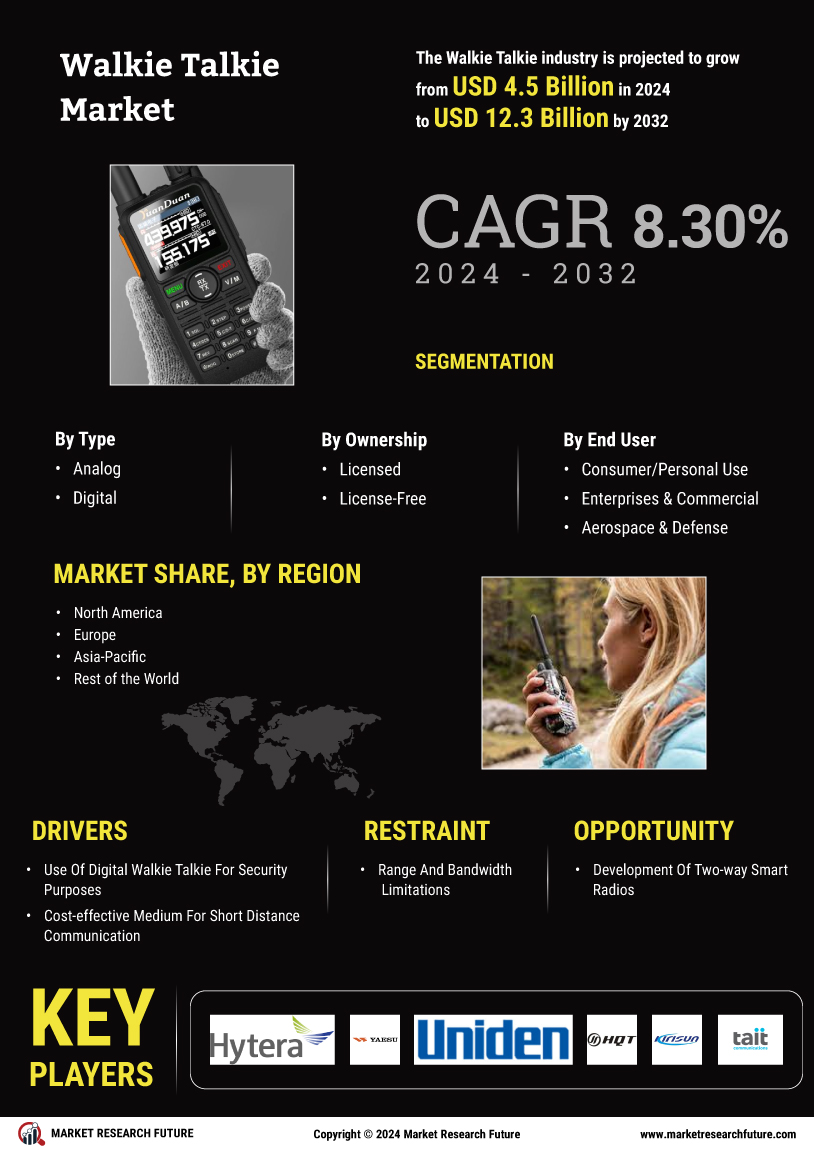
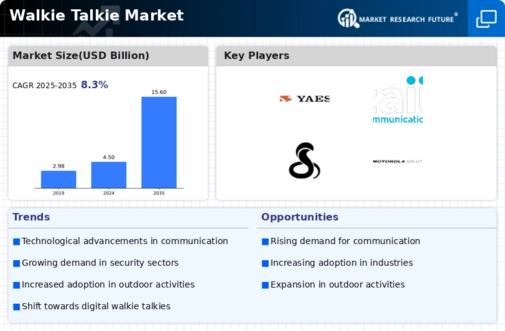
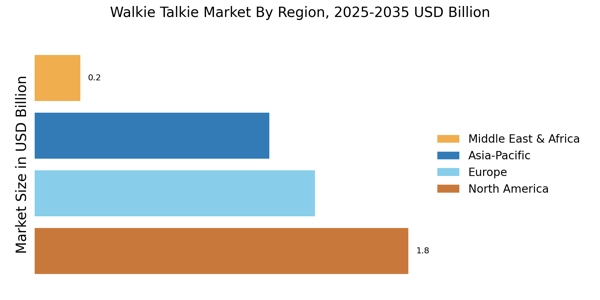

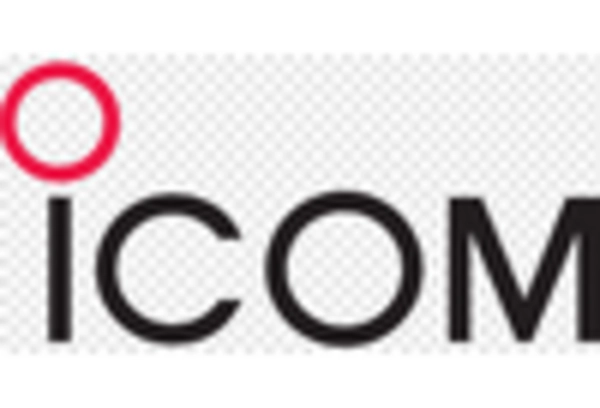
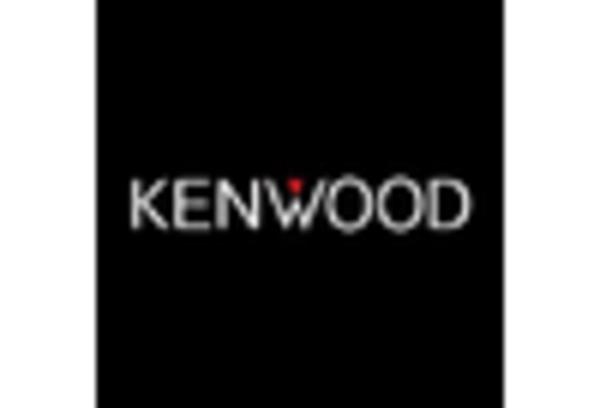
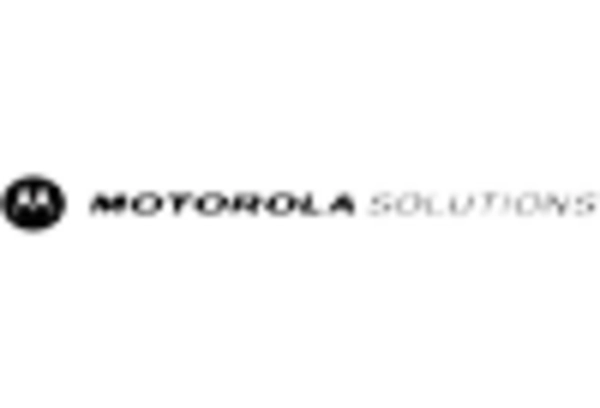
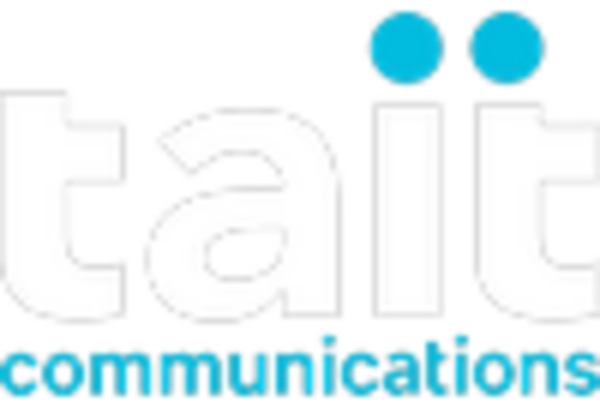









Leave a Comment